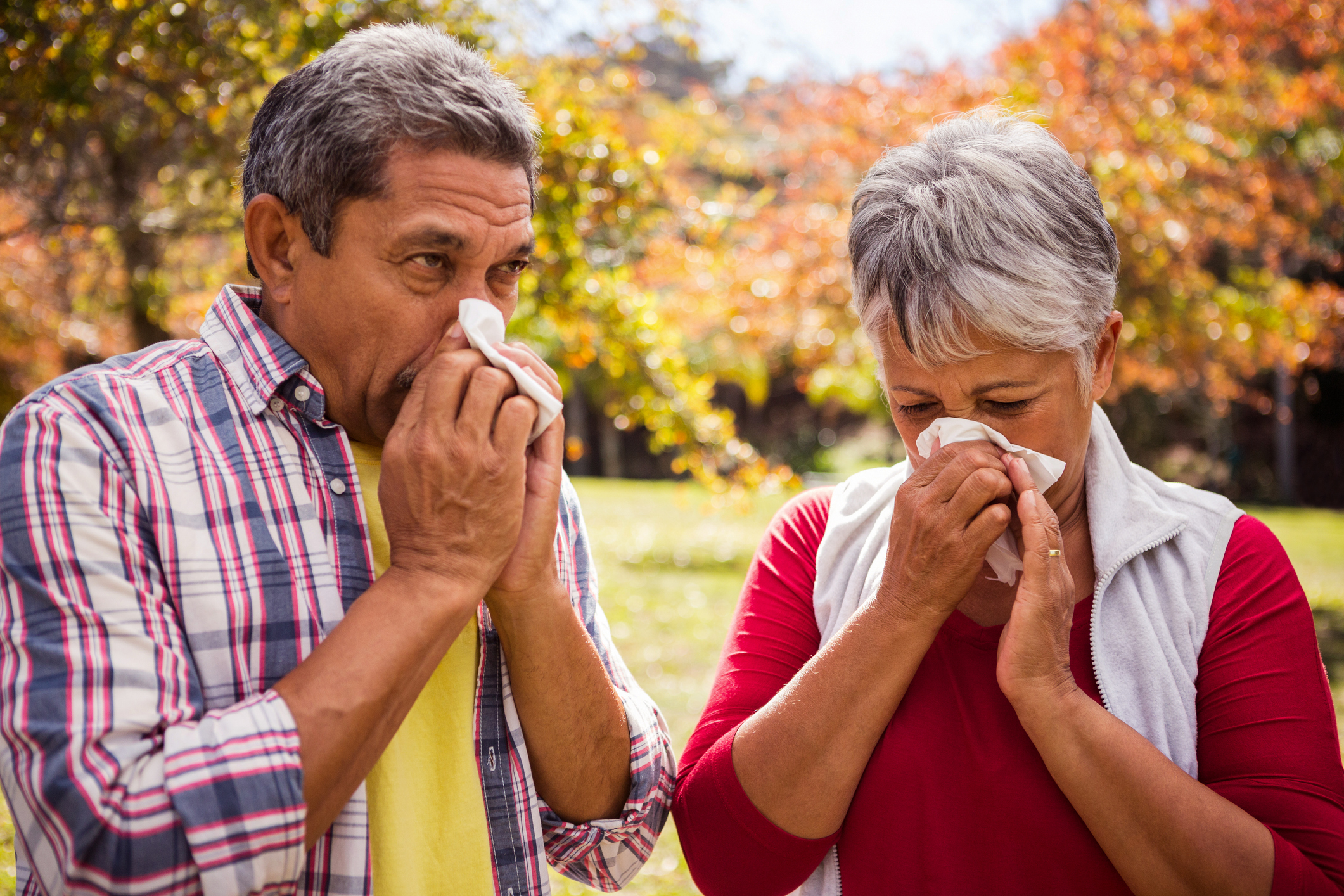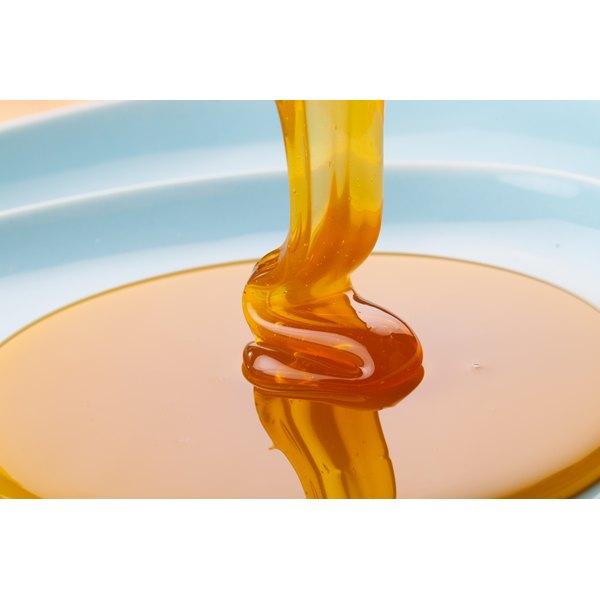Cough Yellow Phlegm
Why does phlegm change color
Phlegm is a type of mucus made in your chest. You usually don't produce a noticeable amount of phlegm unless you have a cold or have another underlying medical problem. When you cough up phlegm, it is called phlegm. You may see different colored phlegm and wonder what the colors mean.
Here's your guide to the different conditions that produce phlegm, why it's a different color, and when you should see your doctor.
What do the different colors of sputum mean?
What is green or yellow phlegm?
If you see green or yellow phlegm, it's usually a sign that your body is fighting an infection. The color comes from white blood cells. At first, you may notice yellow phlegm which later develops into green phlegm. Changes occur with the severity and duration of potential illness.
Green or yellow phlegm is usually caused by:
- Bronchitis. It usually starts with a dry cough and eventually clear or white phlegm. Over time, you may begin to cough up yellow and green phlegm. This is a sign that the disease may have progressed to a secondary bacterial infection. Coughs can last up to 90 days.
- Pneumonia. This is usually a complication of other breathing problems. With pneumonia, you may cough up phlegm that is yellow, green, or sometimes bloody. Your symptoms will vary based on the type of pneumonia you have. Cough, fever, chills, and shortness of breath are common symptoms of all types of pneumonia.
- Sinusitis. This is also known as a sinus infection. Viruses, allergies, or even bacteria can cause this condition. When bacteria cause it, you may notice yellow or green phlegm, nasal congestion, postnasal drip, and pressure in your sinus cavities.
- Cystic fibrosis. It is a chronic lung disease in which mucus builds up in the lungs. This disease often affects children and young adults. This can cause various colors of sputum, from yellow to green to brown.
What is brown phlegm?
You can also consider this color "rusty" in appearance. Brown color often means old blood. You may notice this color after your phlegm appears red or pink.
Brown phlegm is usually caused by:
- Bacterial pneumonia. This form of pneumonia can produce phlegm that is green-brown or rust-colored.
- Bacterial bronchitis. This condition can produce rusty brown phlegm as it develops. Chronic bronchitis is also possible. You may be more at risk for chronic bronchitis if you smoke or are frequently exposed to smoke and other irritants.
- Cystic fibrosis. This chronic lung disease can cause rust-colored phlegm.
- Pneumoconiosis. Inhalation of different dusts, such as coal, asbestos, and silicosis, can cause this chronic lung disease. May cause brown phlegm.
- Lung abscess. These are pus-filled cavities within your lungs. It is usually surrounded by infected and inflamed tissue. Along with coughing, night sweats, and loss of appetite, you may experience a cough that produces brown or blood-stained phlegm. This phlegm also smells bad.
What is white phlegm?
You may experience white phlegm with several health conditions.
White phlegm is usually caused by:
- Viral bronchitis. This condition can start with white phlegm, which indicates a viral infection. However, this can lead to a secondary bacterial infection that produces green or yellow phlegm.
- GERD. This chronic condition affects your digestive system. This can cause you to cough up thick, white phlegm.
- COPD. This condition causes your airways to narrow and your lungs to produce excess mucus. This combination makes it difficult for your body to get oxygen. With this condition, you may experience white phlegm.
- Congestive heart failure. This occurs when your heart doesn't pump blood effectively throughout your body. Fluid builds up in different areas, causing edema. Fluid collects in the lungs and can cause an increase in white sputum. You may also experience shortness of breath.
- Seek immediate medical attention if you have difficulty breathing.
What is black phlegm?
Black phlegm is also called melanopticis. Seeing black phlegm may mean you have inhaled a large amount of something black, such as coal dust. It may also mean you have a yeast infection that requires medical attention.
Black phlegm is generally caused by:
- Smoke. Smoking or certain drugs such as cocaine can cause black sputum.
- Pneumoconiosis. One type in particular, black lung disease, can cause black phlegm. It mostly affects coal workers or anyone who is frequently exposed to coal dust. Coughing up black phlegm can also be accompanied by shortness of breath.
- Fungal infection. A black yeast called Exophiala dermatitidis causes this infection. This is an uncommon condition that can cause black phlegm. It more commonly affects people who have cystic fibrosis.
How to get rid of phlegm?
There are times when phlegm is a reason to call your doctor right away. Some conditions that cause phlegm respond best to antibiotics, other medications, and respiratory treatments. In some cases, surgery may be required.
Some of the conditions on this list are viral. That means they don't respond to antibiotics. Instead, you just need to eat well, be hydrated, and rest to heal.
You can also try actions like:
- Use a humidifier in your home. Keeping the air moist can help loosen phlegm and make it easier for you to cough.
- Gargle with salt water. Mix a cup of warm water with 1/2 to 3/4 teaspoon of salt, and gargle to loosen mucus from allergies or sinus infections that affect your throat.
- Use eucalyptus oil. This essential oil works by loosening the mucus in your chest and can be found in products like Vicks VapoRub.
- Take over-the-counter expectorants. Medicines such as guaifenesin (Mucinex) thin your mucus so it flows more freely and you can cough more easily. This drug comes in formulations for adults and children.
Underline for Conslussion
Phlegm is produced by your respiratory system as a protection for your lungs. Unless you have an underlying medical condition, you may not notice your phlegm. You can only cough if you are sick or have chronic lung disease.
If you cough, pay attention to how it looks. If you notice a change in color, consistency, or volume, call your doctor for an appointmen
A yellow hue to the mucus is caused from white. Cough syrup may help treat the production of yellow phlegm.
 What Does The Color Of My Phlegm Means Yellow Brown Green More
What Does The Color Of My Phlegm Means Yellow Brown Green More
Most common cause types.

Cough yellow phlegm. Green or dark yellow phlegm. What causes someone to cough up green or yellow mucus. Yellow phlegm in particular can scream infection.
Which leads to a cough with pus or phlegm. Mild to moderate bacterial infections which generally produce yellow phlegm. Let us shed some light on the most common causes for coughing up yellow mucus.
Coughing up yellow mucus. You always have phlegm but its usually only noticeable when you have a cold or infection or if it. When you cough up green phlegm you may be fighting an infection.
Mucus is something everyone has and some people wish they had a lot less of the stringy gooey stuff. Watch out for you may be having something more serious. Sure it can be gross to blow globs of snot into tissue after.
Yellow mucus could be the reason for many health conditions insignificant or. Yellow phlegm is typically caused by an respiratory or sinus infection. Chronic bronchitis is a cough that persists for two to three months each year for at least two years.
If you are coughing up thick green or yellow phlegm. Its not uncommon when you develop a hacking cough from deep down in your lungs to cough up a gel like substance known as phlegm. Coughing up yellow mucus has many causes.
But interestingly enough the color does not come from infection. Are you coughing up phlegm and thinking that you are suffering from common cold.
 Coughing Up Green Or Yellow Mucus What It Means Including Thick Mucus
Coughing Up Green Or Yellow Mucus What It Means Including Thick Mucus
 Diseases And Disorders Of The Respiratory System Ppt Video OnlineHow To Get Rid Of Mucus In Lungs Mucus In Throat Cure Youtube
Diseases And Disorders Of The Respiratory System Ppt Video OnlineHow To Get Rid Of Mucus In Lungs Mucus In Throat Cure Youtube
 Causes Of Coughing Up Yellow Mucus And Best Tips To Relieve It
Causes Of Coughing Up Yellow Mucus And Best Tips To Relieve It


